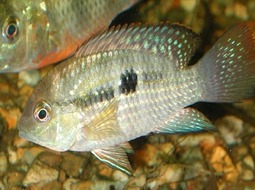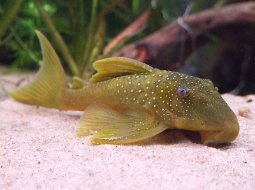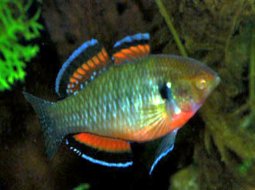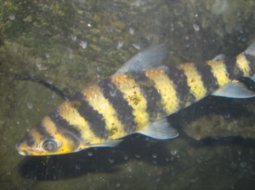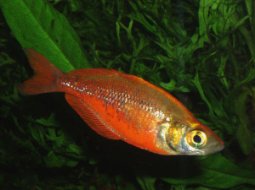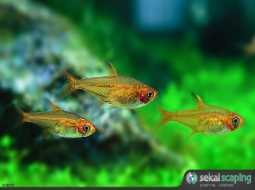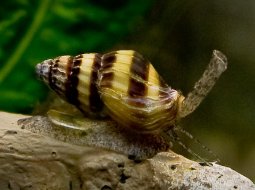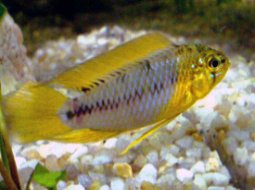
Loading Aqualapp ...
Care and Compatibility of Green Neon Tetra - Paracheirodon Simulans
Introduction
The Green Neon Tetra has a small and slender body with bright green coloration and an iridescent blue stripe that extends from the head to the base of the caudal fin. This combination of colors makes them stand out in any aquarium. They are small-sized fish, typically reaching a maximum length of 3-4 centimeters.
Behavior
The Green Neon Tetra, also known as Paracheirodon Simulans, is a vibrant and attractive tetra fish native to the tropical waters of South America. They are popular among aquarium enthusiasts due to their beautiful lime green coloration and peaceful behavior. They are schooling fish that feel more comfortable in shoals.
Sexual Dimorphism
Sexual dimorphism in Paracheirodon simulans is minimal and difficult to distinguish. Both males and females have a similar appearance outside of the breeding season. During breeding, males may show slightly more intense colors.
Reproduction
The reproduction of the Green Neon Tetra can be challenging in the aquarium, but it is possible under the right conditions. It is recommended to provide them with a well-planted environment with mosses where they can deposit their eggs. The parents do not actively care for the eggs, so it is advisable to separate the adults after spawning. The eggs hatch in a few days, and the fry can be fed with infusoria and powdered foods until they are large enough to accept larger foods.
Aquarium Conditions
Paracheirodon simulans, commonly known as the green neon tetra, requires a well-planted aquarium with open swimming areas. It prefers slightly acidic to neutral water and a warm temperature. Aquarium décor should include soft plants and hiding spots. Maintaining water quality is crucial and providing a balanced diet.
Feeding
They are omnivorous fish and accept a variety of foods in their diet. They can be provided with commercial foods in the form of flakes or pellets, as well as live and frozen foods such as brine shrimp, daphnia, and mosquito larvae. They also enjoy vegetable-based foods, such as spirulina flakes and frozen crushed vegetables.
Complexity
Caring for Paracheirodon simulans can be moderately challenging. They are peaceful and active fish that adapt well to a variety of water conditions. However, they are sensitive to poor water quality and require regular water changes. They are omnivores and accept a variety of foods, but prefer live and frozen foods.
In case you need more help, or if you want to know into any topic related to the Paracheirodon Simulans (Green Neon Tetra) and even any other species you can use the forums to ask what you need.
To do an analysis more detailed about coexistence and behavior of Paracheirodon Simulans (Green Neon Tetra) use the Aquarium simulation tool, if you do this you can test different ways to combine the Green Neon Tetra with other fishes giving the dimensions and space on you aquarium, on this way you can known the optimal configuration for keep the fishes that you want.
You can also find out the 54 species compatible with the Paracheirodon Simulans (Green Neon Tetra) can live together.
Note: The parameters of the water such as PH and temperature are also used to calculate the compatibility of the species.
Compatible species (54)
Compatible (31 Species)
Compatible without any restriction
Muy recomendable mantener varios ejemplares de su misma especie en el mismo acuario.
Similar Sizes (3 Species)
They can coexist if they are the same size or very similar sizes, it does not work in all cases, there may be exceptions.
Considerable size difference (14 Species)
They can coexist while they are similar in size or the size difference is not very abysmal, since as the fish grows it increases the chances of eating its partner that did not grow much.
Food competition (3 Species)
They can live together but you have to be careful since it is likely that the fastest fish will take all the food and leave nothing for their partners who are slow swimmers, so you have to make sure that everyone can eat.
Compatible if space is enough (3 Species)
They can coexist together if the aquarium they share is large and spacious enough for both species to feel good, as some fish may attack others to feel that they have little space and try to eliminate the competition.
Green Neon Tetra
Paracheirodon Simulans
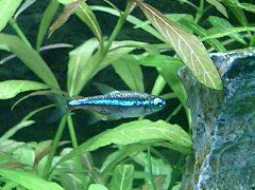
- Ph: 5.5 - 6
- Temperature (c°): 23 - 27
- Measures: 2 cm - 3cm
- Aquarium Capacity:
5 Liters - 1 Gallons - Alimentación: Omnivores
- Colores: Blue, Green, Silver
- Comportamiento: Active, Peaceful, Shoal
- Preferencias del Acuario: Natural plants, Rocks, Sand
- Tamaño: Very small
- Taxonomía: Fish
- Tipo de Agua: Sweet water, Tropical waters
- Velocidad de nado o movimiento: Fast
- Zona de Nado: Swim in the middle of the aquarium

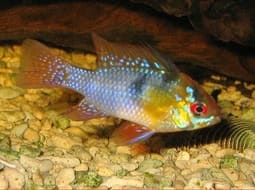
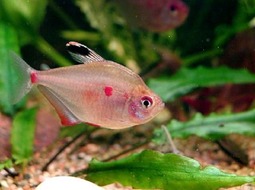

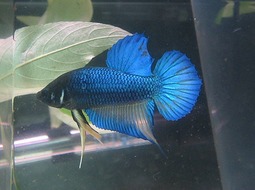
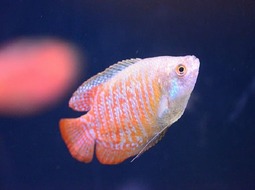
.jpg)
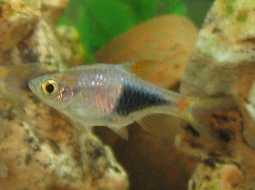
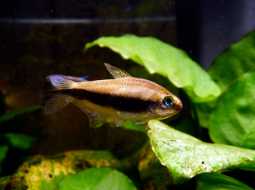

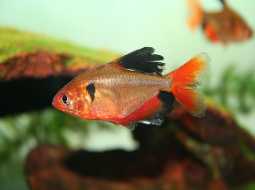


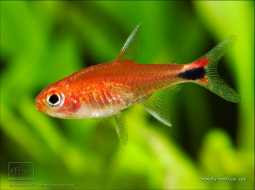
.jpg)
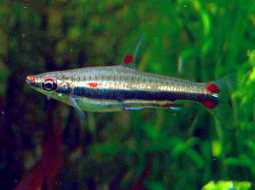

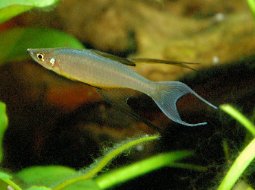
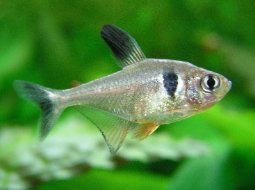
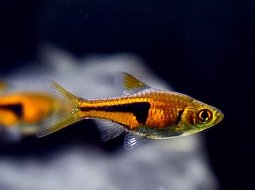








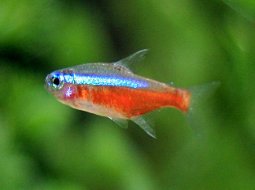

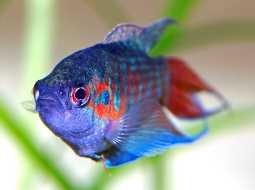


.jpg)
